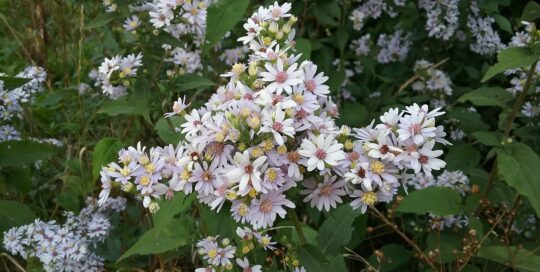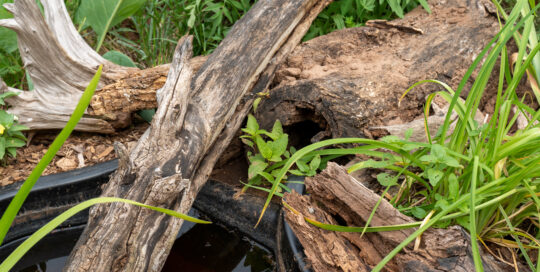Toads don’t turn into princes, but they do eat my slugs
Views: 1109

The same dog that used to eat my moths also liked to eat toads. As horrifying as this was to me, I could not rescue all of them. I had no way to keep the poor things out of my backyard where they were quickly wolfed down by my voracious, “I’m-going-to-eat-it-if-it-fits-in-my-mouth” bull terrier. But my dog died of cancer recently, and it was bittersweet to find the first toad in my yard since her passing. I want toads in my gardens. Unlike frogs, toads may not turn into handsome princes when kissed, but they do eat my slugs, and that makes them charming.
Toads eat things you don’t want pestering your plants
Toads are great for gardens because they eat a lot of pests we don’t want in our gardens, including slugs, snails, harmful insects. Basically, they’ll eat anything they can catch. (Toads are the “I’m-going-to-eat-it-if-it-fits-in-my-mouth” bull terriers of amphibian world.) Over the course of the growing season, a single toad may eat thousands of pests, potentially sparing our plants a lot of damage (and us a lot of frustration).
How to attract and keep toads happy
Toads need a few things to survive: access to moist soil and water, shelter from voracious bull terriers and other predators, and a chemical-free environment.
Moisture and shelter
Toads are amphibians along with frogs, newts, and salamanders. All amphibians need moist environments to survive, living in both water and on land. Because their skin is very thin, they are actually able to breathe through it. Wind and sunlight will burn and dry out their skin, so amphibians are often active in twilight or at night.
Amphibians needs dark, damp, moist areas in which to spend their days. My toads hang out beneath my deck where I also have a spigot that drips when I’m watering my gardens. Even in the hottest, driest part of summer, it’s still damp under my deck. I’ve also found them in ivy beds, areas beneath trees where leaves and sticks tend to collect, and under the stones around my tiny pond.
In regions with cold winters, toads bury themselves in the ground to hibernate. Providing access to loose soil or sand will help them survive cold temperatures. They’ll often dig in well-cultivated flowerbeds or garden sites, so be careful when digging in those areas in early spring before the soil warms and they emerge.
Chemical-free environment
Because of their thin skin, amphibians are extremely sensitive to chemicals in the environment. They’ll absorb chemicals along with water and air. Using pesticides in your garden is likely to kill toads and other amphibians. And remember, a single toad is a slug, snail, and insect-killing machine, possibly the best and safest “pesticide” you could have.
So, encourage your amphibian friends by going chemical-free. In exchange, toads will help out your gardening efforts by eating your slugs and bugs.
Meet Leslie Miller
Leslie Ann Miller shares 3.5 acres in rural Oklahoma with birds, butterflies and wide variety of animals. She is currently transforming her yard with plantings…
Leslie's Recent Posts

Drummond’s Aster: a native beauty that benefits bees






